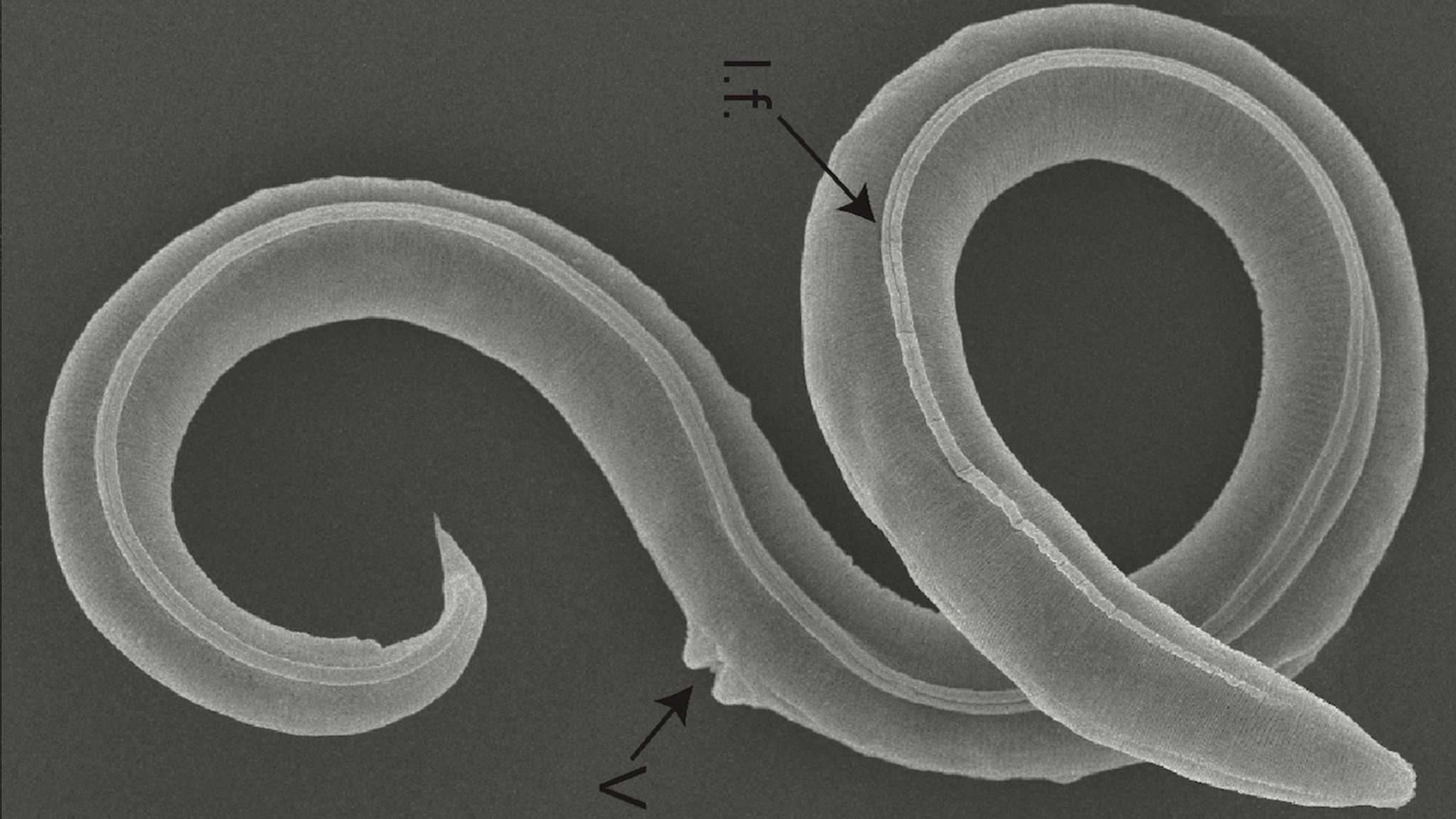These specific organisms lived during the same era as the woolly mammoths. Now, they are back to life.
Scientists have successfully revived ancient worms believed to have existed during the late Pleistocene era, thousands of years ago.
The worms, known as Panagarolaimus kolymaensis, were not dead, but in a dormant, cryptobiotic state, which essentially reduced their vital signs to undetectable levels. Discovered 40 metres deep in the Siberian permafrost, the parasites were trapped in this suspended state for a remarkable estimated 46,000 years.
Previously, researchers only had evidence suggesting that nematodes, or roundworms, could withstand cryptobiosis for up to 40 years. The reanimation of these creatures, which coexisted with woolly mammoths, undoubtedly shatters that record.
The long-extinct species was brought back to life by providing them with food and water, leading them to spawn over a hundred generations of new worms before their less-than-a-month survival period came to an end.
Professor Teymuras Kurzchalia, senior author of the study published in the journal of PLOS Genetics and emeritus professor at the Max Planck Institute of Molecular Cell Biology and Genetics in Germany, expressed his excitement about the discovery.
“This little worm could now be in line for a Guinness World Record, having remained in a state of suspended animation for far longer than anyone thought was possible,” he told Sky News.
“That it could be reanimated after 46,000 years left me absolutely flabbergasted. It is rather like the fairy tale of Sleeping Beauty, but over a far longer period.”
Worms: Explained
Cryptobiosis is an exceptional survival strategy adapted by very few organisms, including tardigrades, nematodes, and microscopic aquatic organisms known as rotifers, allowing them to suspend themselves in a limbo-like state in response to harsh environmental conditions.
This adaptive phenomenon continues to baffle scientists worldwide.
When the team compared the genomes of the revived Panagarolaimus Kolymaensis to one of its existing relatives, Caenorhabditis Elegans, they found an extensive overlap of genes, many of which are linked to survival mechanisms in extreme conditions.
The finding is intriguing, given that Caenorhabditis Elegans are usually discovered in temperate regions, nestled within rotting fruit or plant matter.
The authors of the study suggest that their findings hint at how nematode species could potentially remain in cryptobiotic states for geological timeframes by adapting to harsh environments like permafrost.
The research team plans to explore further the roles these shared genes play in cryptobiosis and to determine whether there is a maximum limit to this dormant state’s duration.
“These findings have implications for our understanding of evolutionary processes, as generation times may be stretched from days to millennia, and long term survival of individuals of species can lead to the refoundation of otherwise extinct lineages,” the authors added.
The reanimation of the ancient worm not only provides new insights into the survival tactics of the past but also opens up new doors to understanding the complexities of life under the most challenging conditions.







